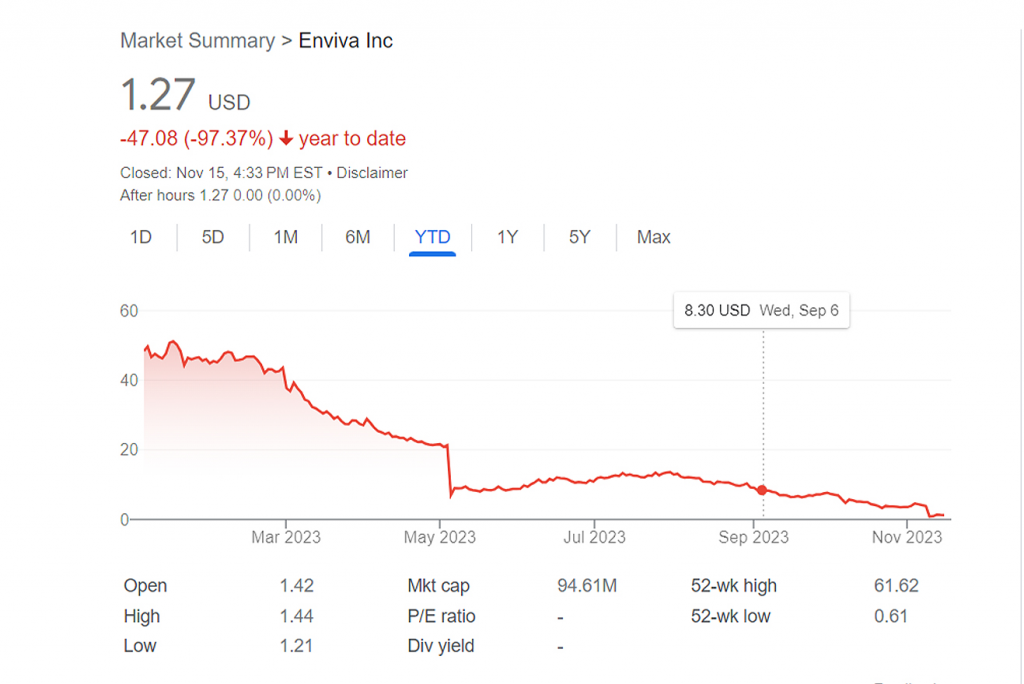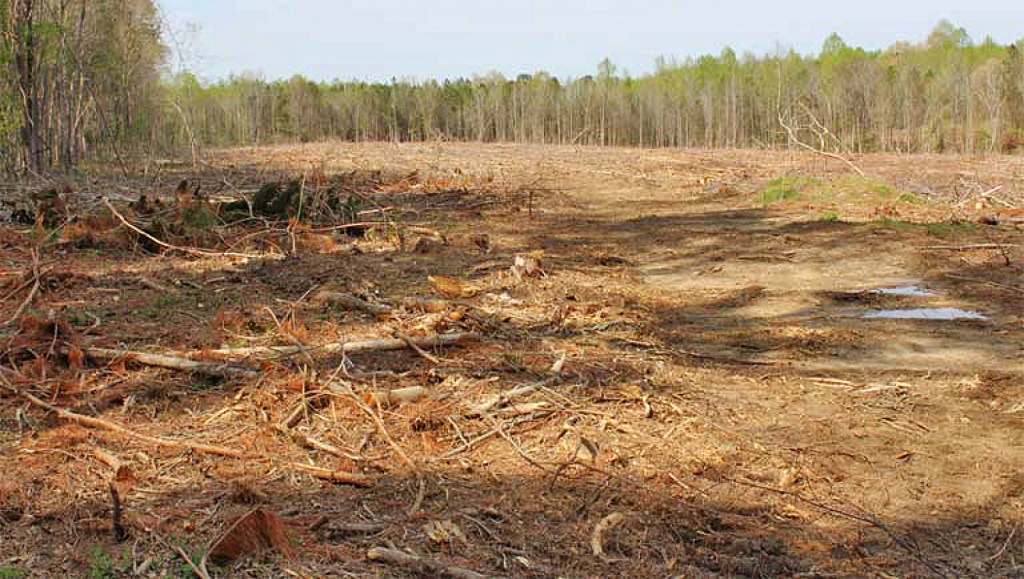
I was in the air on a Delta flight to Bozeman, Montana, on November 9, 2023, when I received a text message from a source: Enviva‘s stock was collapsing and the company had warned in a financial disclosure what it “may not be able to continue as a going concern.” I didn’t exactly see this coming, but ultimately, having written in May about Enviva’s unexpected financial tanking in the first quarter, I wasn’t fully surprised.
As I read the breaking news coverage from the environmental and business press about the near fall of the world’s largest producer of wood pellets for industrial-scale burning for energy instead of coal, I saw an enormous gap — even in The Wall Street Journal. All the stories recited the staggering losses and the new, interim CEO’s positive spin on a desperate situation. But none of the stories could explain why a billion-dollar company with long-term contracts around the world, and where demand for pellets is at a record high, had lost more than $250 million this year and exhausted a $570 million line of credit.
That’s the only story I wanted to write, and it’s linked here. Enviva’s travails are acknowledged — in carefully shrouded accounting language — in its public filings with the Securities and Exchange Commission. But I am fortunate to have as a source a former Enviva maintenance manager at two of its 10 Southeastern US mills. I interviewed him once I got settled in Montana and again when I returned to North Carolina. Based solely on his experience at Enviva over two years — 2020-20222 — he was able to explain the plausible whys and hows behind the staggering losses. This source, still unnamed for reasons of privacy and security, was my whistleblower in December 2022 in a story that reverberated globally.
This story quickly attracted international attention, too. In fact, it ranked as the No. 1 best-read story on the Mongabay website in November with more than 85,000 readers; that’s a lot. Better still, by year-end, my report made the list of 10 Most Read Stories of 2023, ranking sixth. As yet, though, it’s not clear yet what the ultimate ramifications of this downfall will be on the highly subsidized global market for forest biomass and the countries that have come to rely on this scientifically denounced form of energy in a climate crisis.




